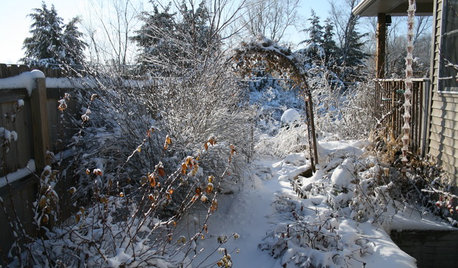Bush Doctor Microbe Brew
jmoore3274
13 years ago
Related Stories

LIFE6 Ways to Beat the Winter Blahs
Snow and dark days dampening your spirits? These ideas will have you looking on the bright side
Full Story
LIFESlow Living 101: Tips for Turning Off the Chaos
It may feel as though you're too busy to slow down and enjoy life. But even little changes can have a big effect
Full StoryMore Discussions







hardclay7a
jmoore3274Original Author
homehydro
joe.jr317
homehydro
homehydro
dellis326 (Danny)
jmoore3274Original Author
jmoore3274Original Author
homehydro
homehydro
joe.jr317
jmoore3274Original Author
homehydro
jmoore3274Original Author
jmoore3274Original Author
technodweeb
jmoore3274Original Author